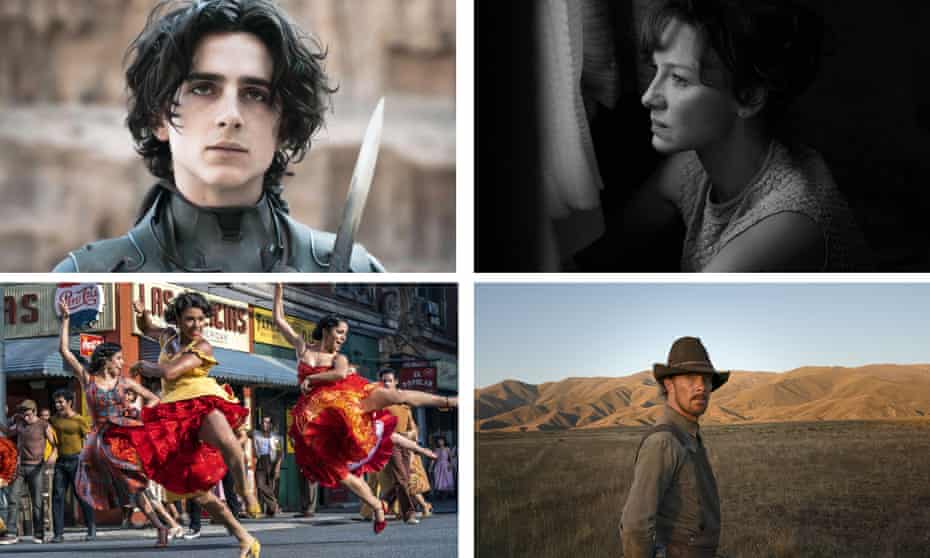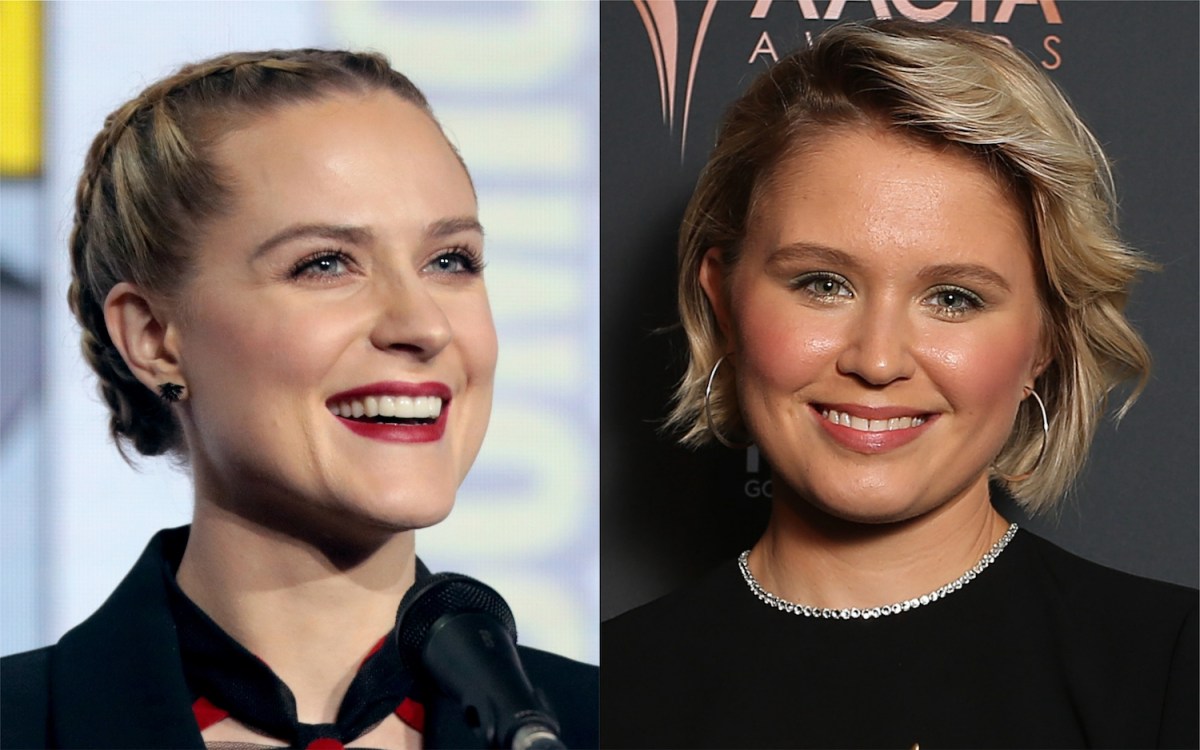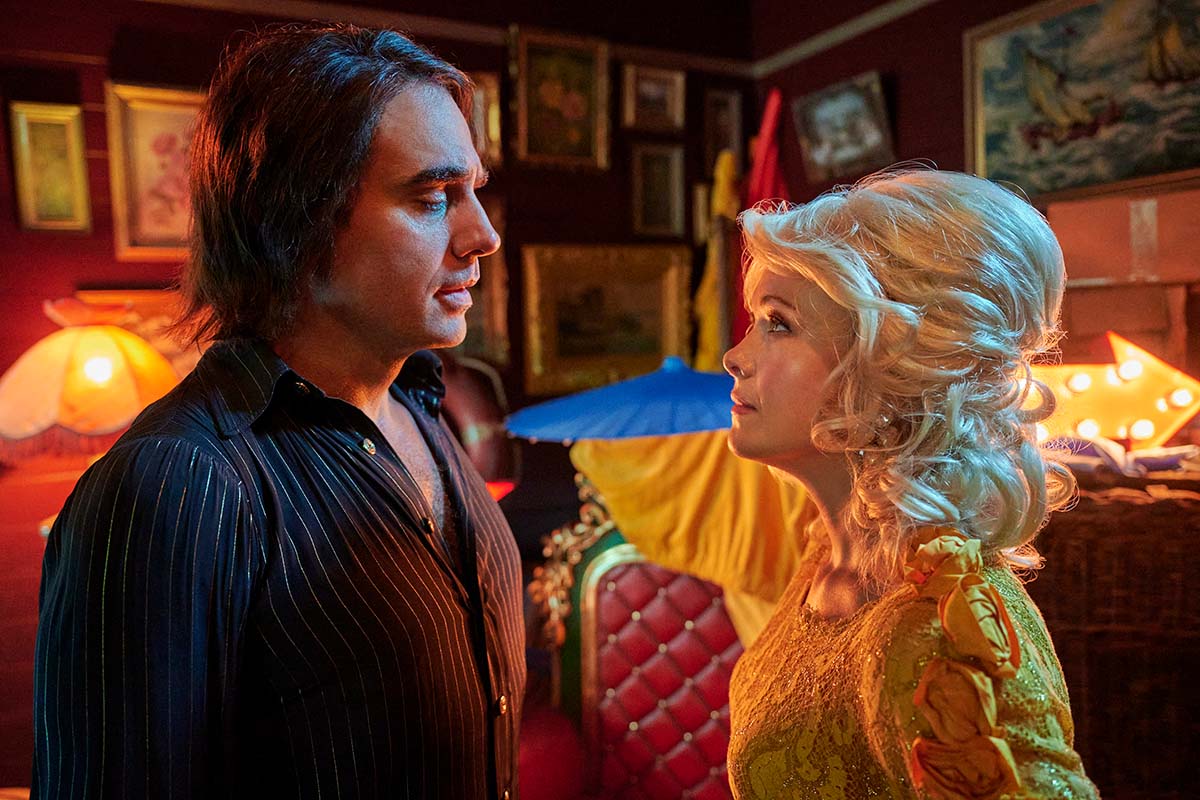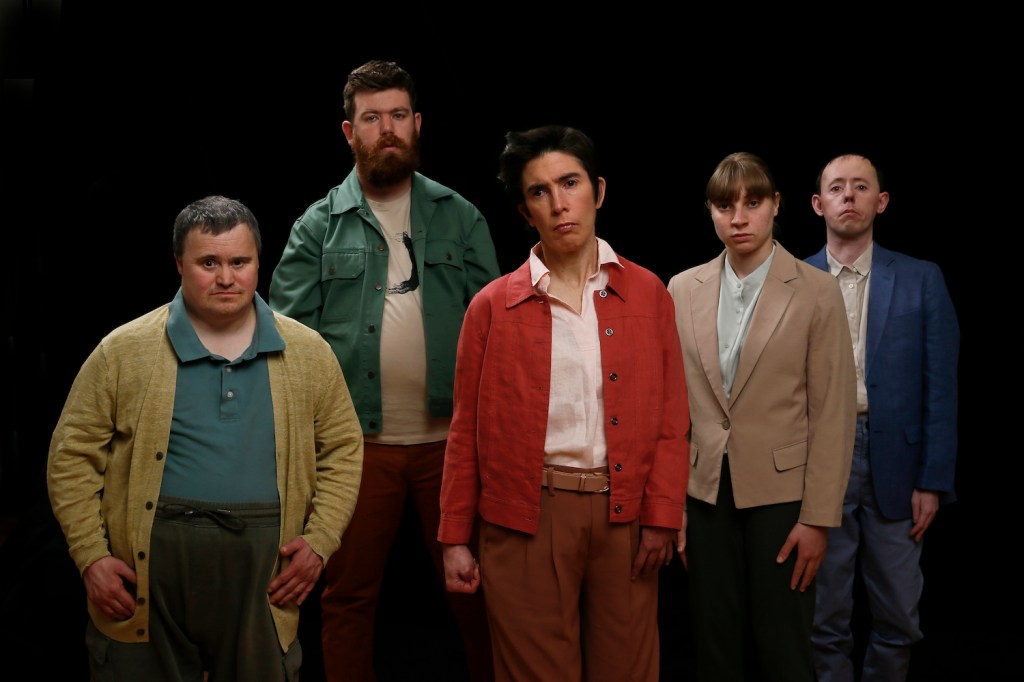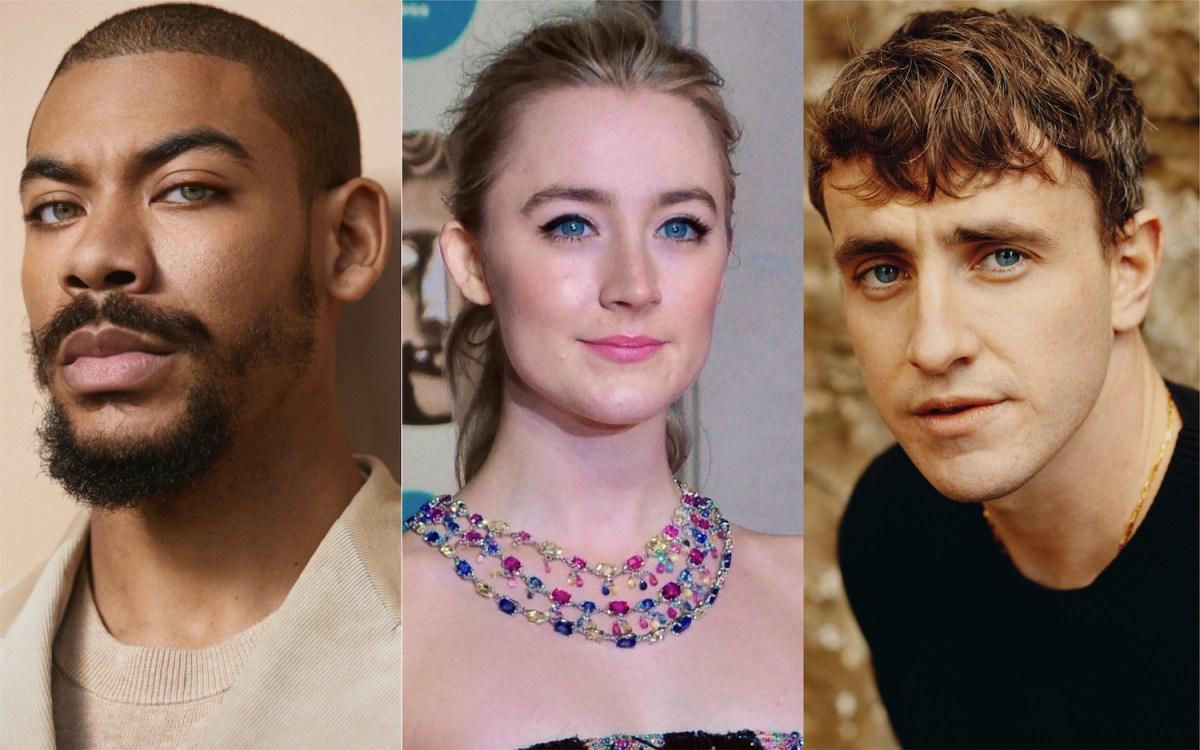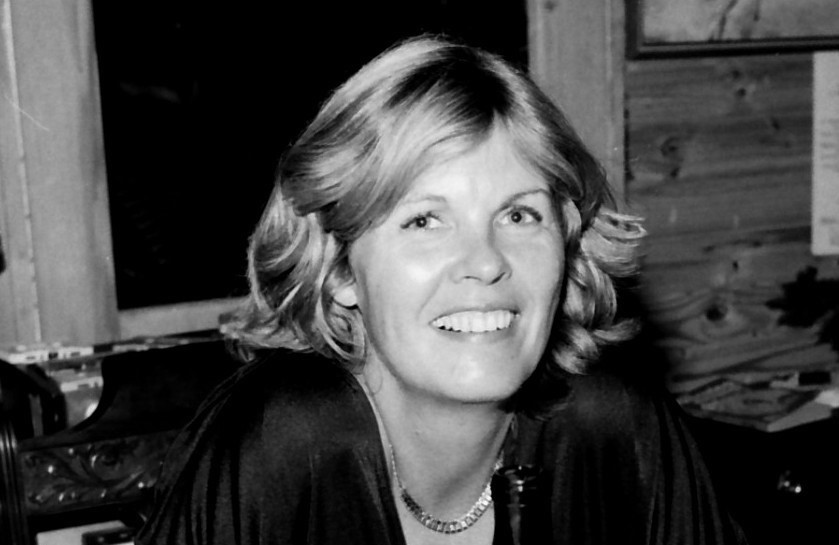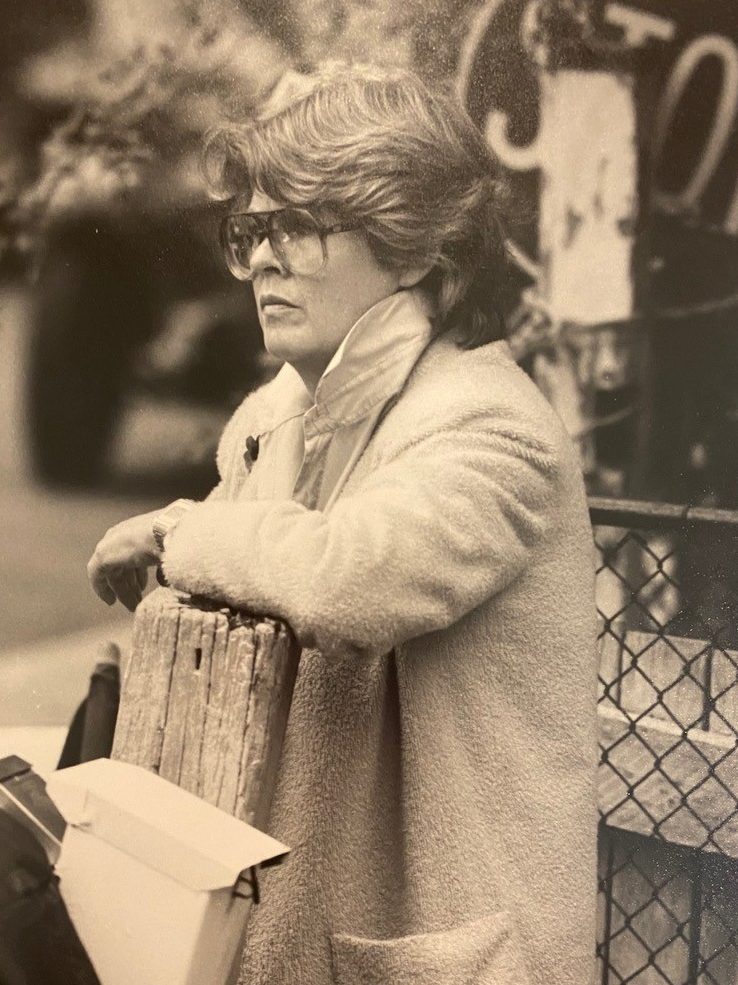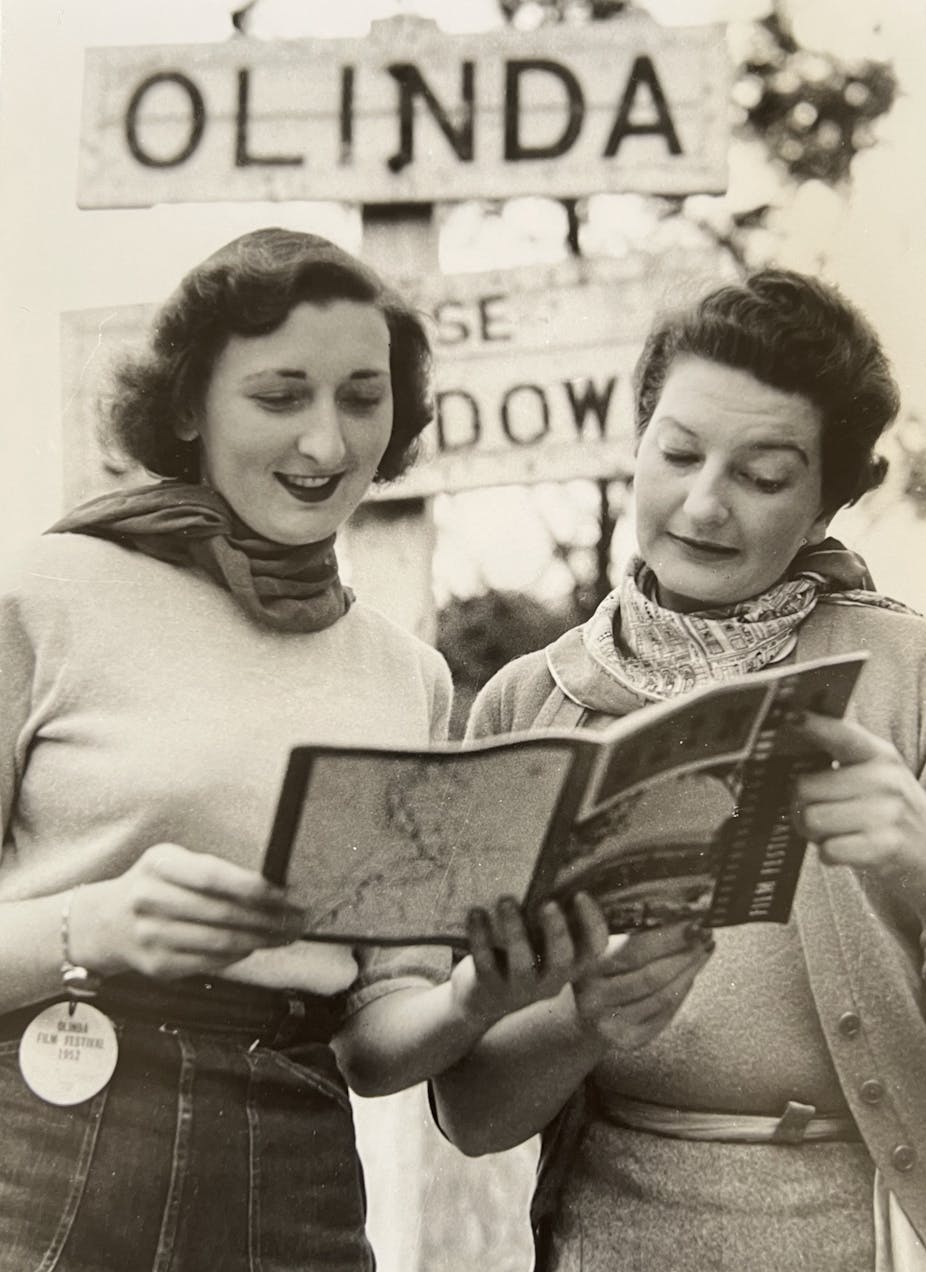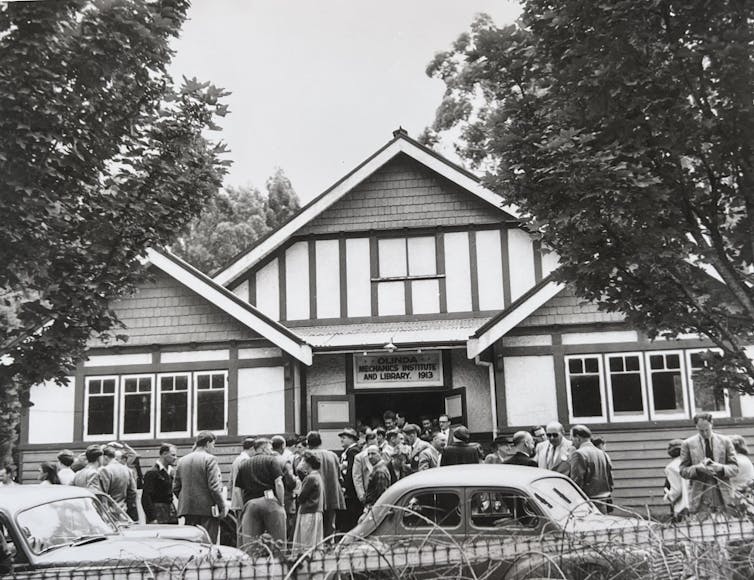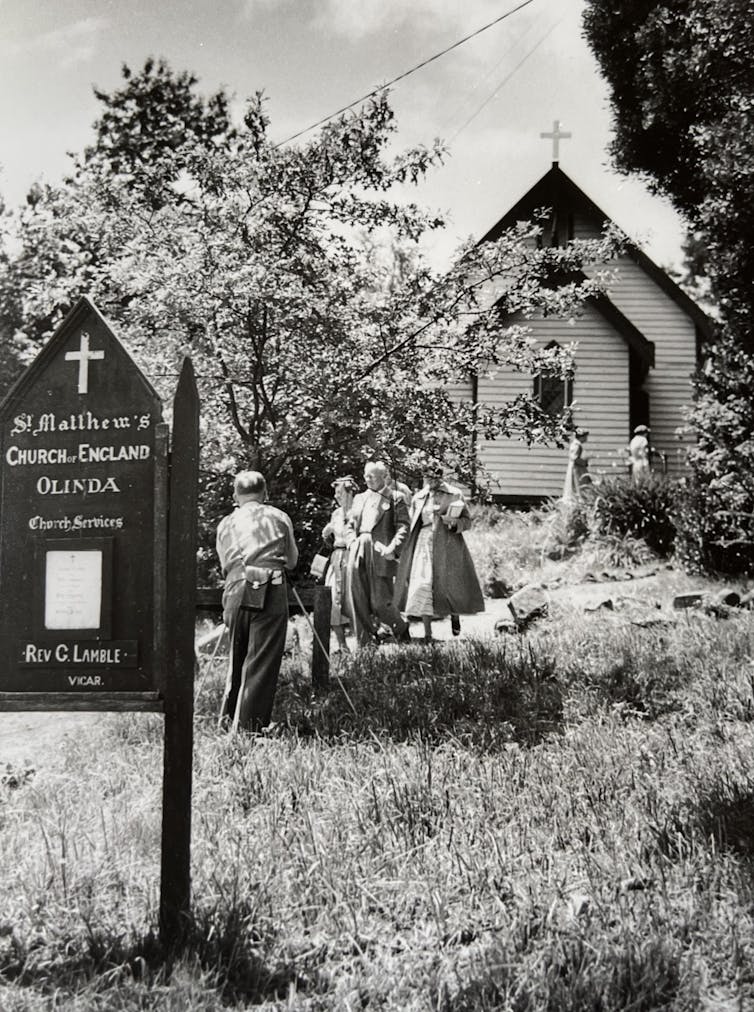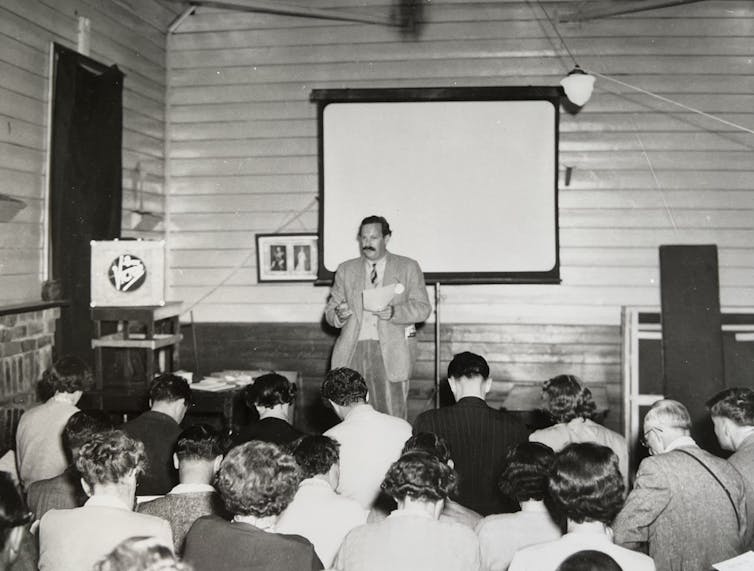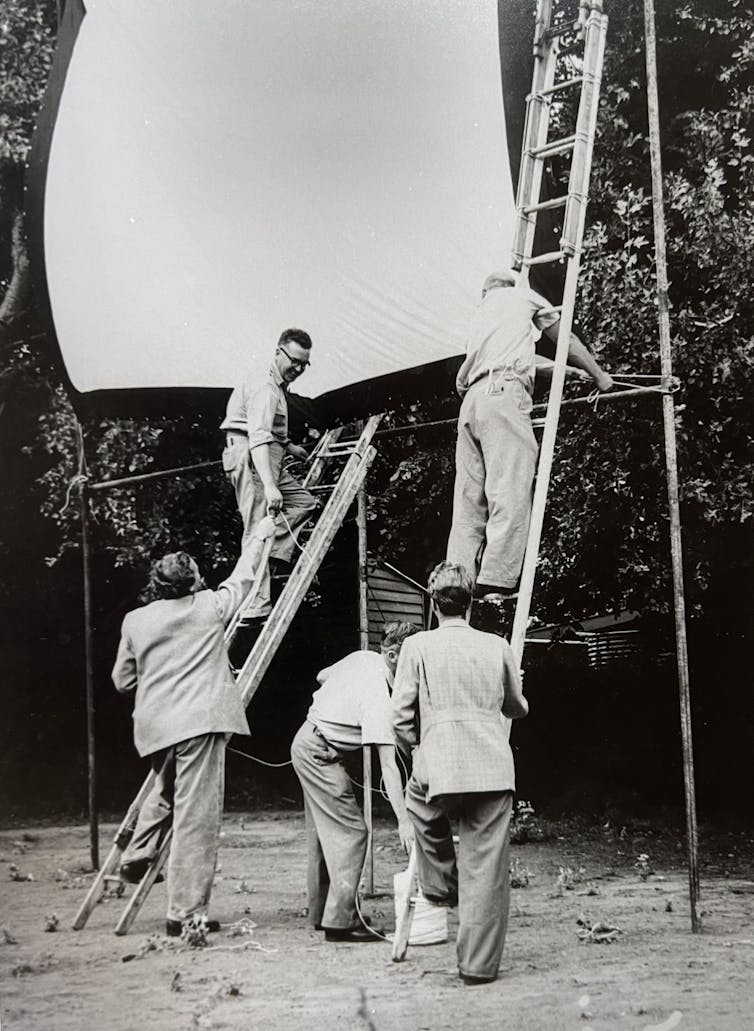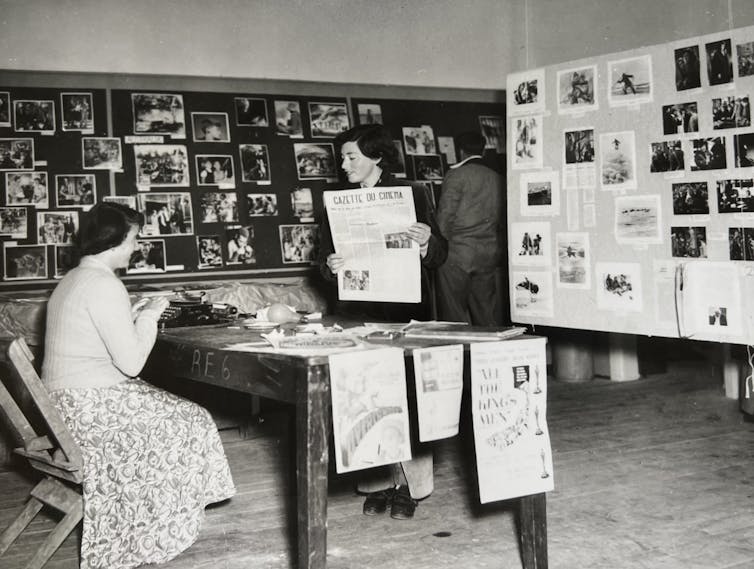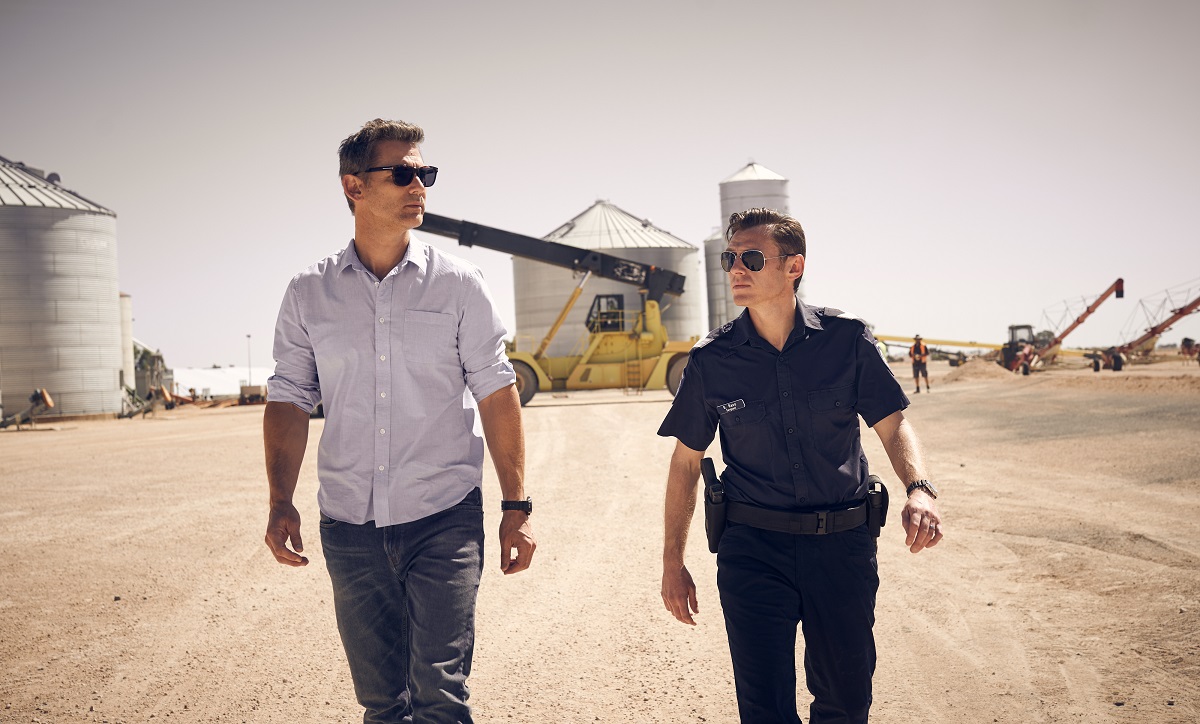by Sean Slatter IF magazine March 2, 2022
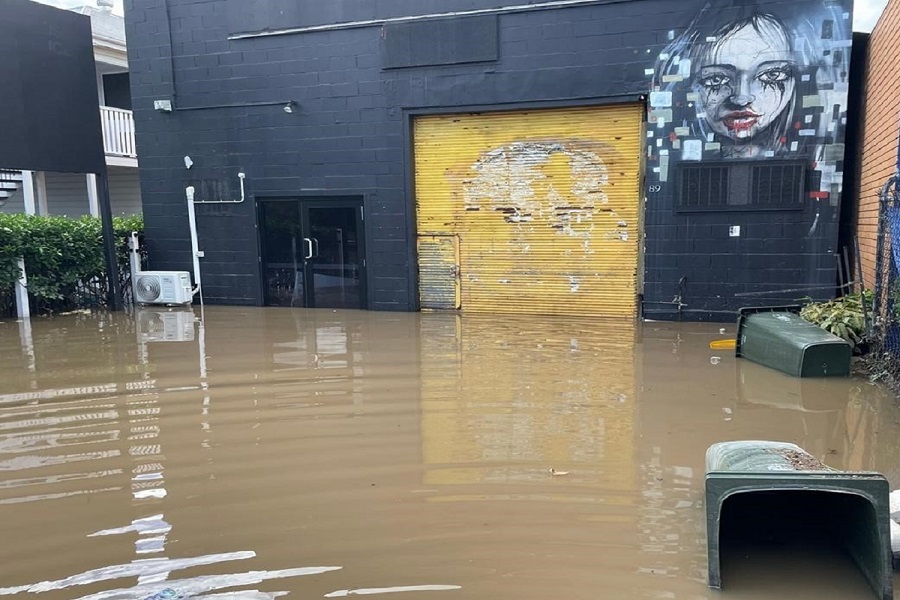
Queensland’s The Steve Jaggi Company (SJC) has reported flood damage to its Brisbane studio facility from the deluge dumped on the state last weekend, as screen communities in affected areas remain on high alert.
Record-breaking downpours have devastated South East Queensland and Northern NSW across the past few days, flooding thousands of homes and leading to mass evacuations of regional towns.
In Brisbane, 80 per cent of the city’s annual rainfall fell across three days, while 30 suburbs across the wider region received more than 1,000mm.
SJC is among the businesses counting the cost of the weather event, which flooded its 650 square metre studio facility in inner north-eastern suburb of Albion, damaging props and costumes, as well as two cameras.
Founder and chief creative officer Steve Jaggi estimated that about 80 per cent or more of the building’s contents were destroyed, with the overall costs expected to “inch towards $500,000”.
“I’m hoping we can salvage some of the costumes because we have more than 2,000 items but I think the props are probably fully written off,” he said.
“The problem with floodwater is that it’s saltwater that has oil and sewerage, so once it mixes with prop materials such as wood and polystyrene, you pretty much have to write the props off.
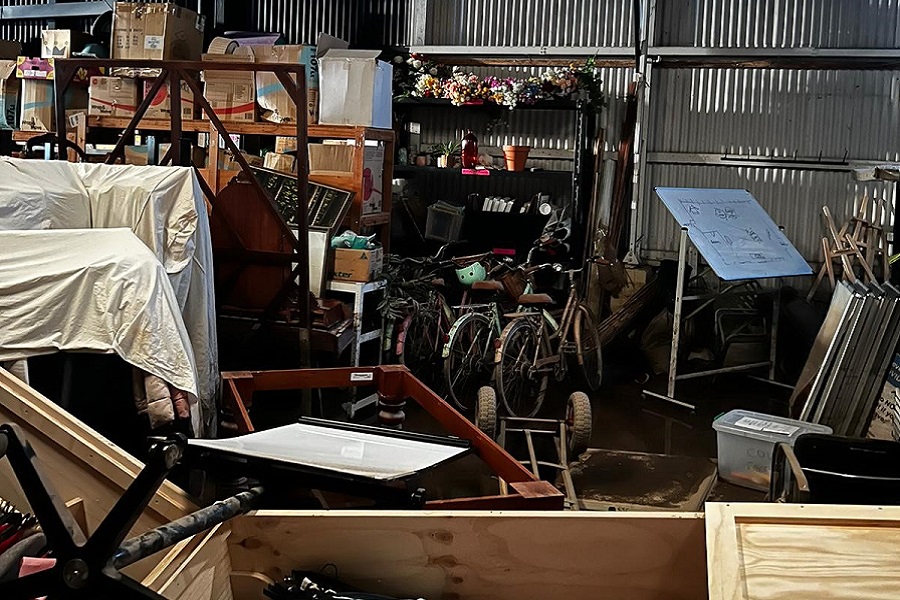
“We lost two cameras and two underwater housing systems, so just in terms of camera damage, we are talking more than $200,000.”
As IF reported last week, the company is currently working on its first project for 2022, Rhiannon Bannenberg’s Mistletoe Ranch.
Having wrapped that shoot on Friday, Jaggi said the company would be forced to reconfigure its schedule for the rest of the year as a result of the floods.
“We try to do a movie every two months give or take, so we have two movies we are working on as well as a television program that we are building sets and props for,” he said.
“The movies will probably be pushed back several months because of what we have lost.”
Elsewhere in the state, Screen Queensland says producers have so far not reported “any damage or major delays to their productions”, with CEO Kylie Munnich saying organisation will continue to support projects “to ensure they can continue to film”.
“Our thoughts are with everyone in Queensland and New South Wales who have suffered through this dreadful weather event,” she told IF.
Further south in NSW, Northern Rivers communities have borne the brunt of the damage this week, with Lismore getting more than 700mm of rain across 30 hours on Sunday and Monday, while residents of Ballina, North Ballina, and West Ballina were told to move to higher ground on Tuesday morning.
National not-for-profit organisation Screenworks is among the occupants of Ballina’s business district, operating out of an office on River Street.
The regional screen body was due to have its first webinar of the year – a session about finding pathways to audience with producer/director/writer Rosie Lourde and producer Hayley Adams – on Tuesday but decided to postpone it as a result of the unfolding floods.
CEO Ken Crouch told IF that while all of his staff had so far generally avoided being directly affected by the rising water levels, the wider screen community would take time to recover.
“Our office in Ballina will be closed this week but we expect it will remain above flood levels.
“We are all working from home to minimise travel, although technology like internet and phone is a bit sketchy across the region (a lot of roads are closed or damaged, so many of us couldn’t get to the office anyway).
“We all have friends and loved ones, in addition to Screenworks members and industry people, who have been impacted by what has happened in Lismore and across all of the region, so I expect that the next few days/weeks will be challenging for many as people recover and clean up from this disaster.”
Screenworks is currently raising funds to help screen practitioners and businesses in the Northern Rivers region who have been impacted by the floods. Find out more about how to donate here

